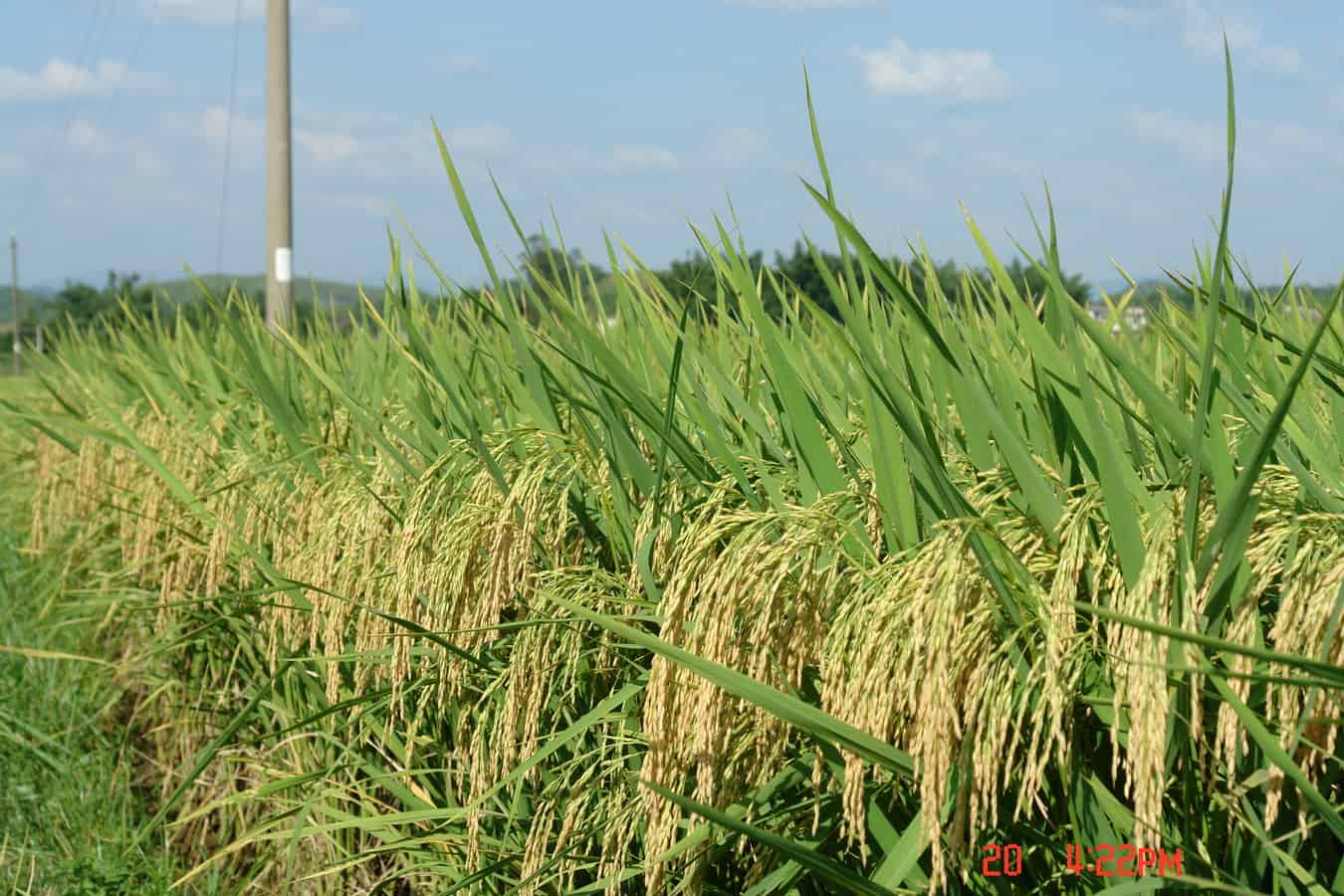The plant microbiome refers to the complex community of microorganisms, including bacteria, fungi, and viruses, that live on and within plants, playing crucial roles in their growth, health, and resilience to environmental stresses and diseases. For the past decade, scientists have been looking at the microbiome to better understand its impact on plants’ well-being and susceptibility to diseases. Now, we may have some answers.

For the first time, scientists have genetically altered the microbiome in rice plants, increasing the prevalence of “good” bacteria that protect the plant from diseases. The findings could one day reduce the need for pesticides — largely used around the world for food production but with negative consequences for human health and ecosystems.
“For the first time, we’ve been able to change the makeup of a plant’s microbiome in a targeted way, boosting the numbers of beneficial bacteria that can protect the plant from other, harmful bacteria,” Tomislav Cernava, one of the authors of the new study and a plant researcher at the University of Southampton, said in a news release.
Microbiomes, in various forms, engage with both living and non-living components of their surroundings. In the case of plants, the microbiome plays a crucial role in sustaining life by offering vital services to the plant. Its interactions occur with elements such as soil, air, water, and plant roots. This is similar to the human microbiome, which researchers have found is also very impactful on our health.
Scientists are beginning to grasp the formation of microbial ecosystems surrounding plants and their impact on growth. The plant microbiome encompasses many types of microorganisms, particularly fungi and bacteria, often numbering in the thousands. Often, it is a mutualistic relationship in which the microbes also rely on their plant host for survival, needing access to oxygen.
Natural defenders
In their study, the researchers discovered a specific gene in rice plants that is responsible for their production of lignin, an organic polymer abundant in the cell walls of some specific cells. They suspected that this gene also affects the composition of the rice plant’s microbiome, so they decided to deactivate it to see what effects this caused.
Indeed, this led to a decline in the populations of beneficial Pseudomonadales bacteria within the microbiome. The researchers then changed the gene to make it overproduce a specific metabolite (a small molecule produced by the host plant during its metabolic processes). This increased the proportion of beneficial bacteria.
When exposed to Xanthomonas oryzae, a pathogen responsible for bacterial blight in rice crops, these genetically modified plants exhibited significantly higher resistance compared to the wild-type rice. Bacterial blight is an early-season disease that can lead to substantial loss of rice yields. Farmers usually control it by using pesticides.
The researchers believe that producing a crop with an enhanced microbiome could help to increase food security and help the environment. “This breakthrough could reduce reliance on pesticides, which are harmful to the environment,” Cernava said. He added that the framework could be applied to other plants apart from rice crops.
The study was published in the journal Nature Communications.


